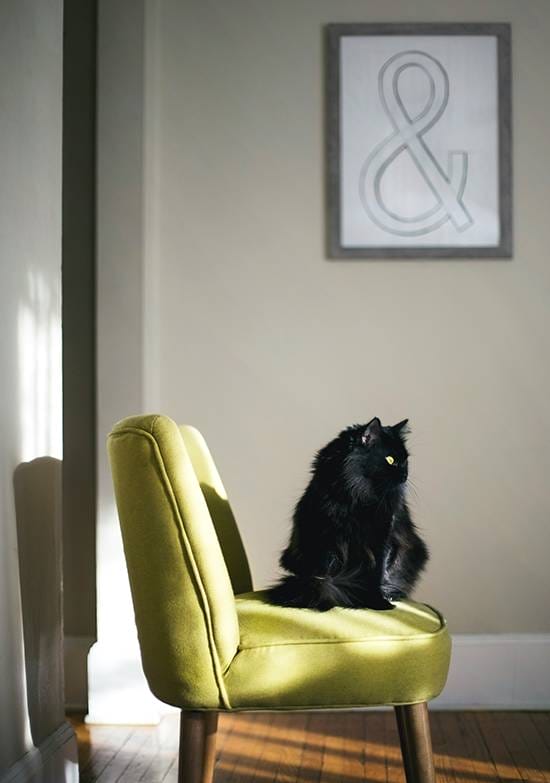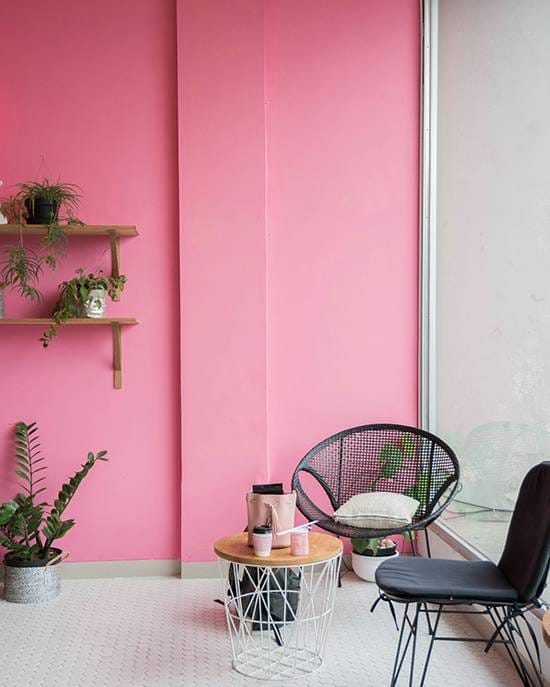“Energy is everything.”
I first heard this from my friend, energy healer Pi Villaraza, in 2009 when I began my journey towards conscious living and mindfulness. I had gone to a week-long yoga retreat in Puerto Princesa, Palawan, where we had raw food (plant-based) and coconuts throughout our stay.
The space that Pi and his partner Daniw Arrazola shared with us was called Bahay Kalipay which translates to “house of happiness.” Back then and until now, I would describe the place I stayed at as “Spartan” — it offered minimal and simple comforts, but all the basics one needs.

My good friend and roommate Arlyn and I shared a room made out of kawayan without a door, at the very top of what I remember was a three-floor structure. The communal restrooms and bathrooms were on the first floor, and we were surrounded by trees (there was no fan). We slept to the sounds of a tuko I called David Gecko (a play on the name of DJ David Guetta).
No door, no fan, mattress on the floor. I remember shooing away black ants (the ones who did not bite but crawled fast and all over the place). If I needed to pee, I had to go all the way to the first floor. David Gecko sang remixes all night long. It was far — very far — from my city comforts.
But I had the most peaceful and restful sleep I had in a long, long, long time.
Space and well-being
Our space — where we live, work, rest, and play — has an impact on our well-being, from our physical to our mental health. According to an April 2020 article by workplace strategist Collin Barnes for Work Design Magazine, our space has an impact on our “cognitive, emotional, and physical well-being.”

“Cognitive” pertains to “all of the different mental events involved in thinking, learning, and comprehending.” (Verywell Mind) For a space to support cognitive well-being, Barnes suggests biophilic design, or one that supports the innate connection humans have to the natural environment. Hence the explosion of more plants in the workplace and even on desktops, not just to clean the air or absorb radiation, but because nature helps us more than we know.
Better Up defines emotional well-being as “the ability to produce positive emotions, moods, thoughts, and feelings, and adapt when confronted with adversity and stressful situations.” I remember when I was in college in UP Diliman, during moments of high stress either from school or org work, I would disappear to the adoration room of the Parish of the Holy Sacrifice. It allowed me to wipe the slate clean and to quiet the many voices of people who needed something from me that I could no longer hear myself.
This, or the tambayans of my orgs, UP SAMASKOM and the UP Astronomical Society (at the PAGASA Observatory), where I could socialize or just be.
Physical well-being is all about how our space allows us to move, and furniture that enables us to sit and lie down for long periods without hurting or harming our body. Is there adequate air circulation? Do you get the light that you need especially if you — like me — are physically boosted by the sun?
The importance of all these in a space became even more evident during the pandemic, when most of us lived, worked, played, and rested in the same space. Why communities like Home Buddies came about and grew, and we realized that how we set up our space contributes to our productivity and even our relationships with ourselves and our family.
Happier spaces ahead
I have lived in all sorts of places: from my mother’s living room sleeping on a fold-out sofa bed with my infant son; to a three-bedroom and -bathroom house-like condo in Ortigas; to a Mandaluyong studio where my son and I slept on bunk beds; to an 80s-era up-and-down apartment in Quezon City.
I can almost trace how my health went up, down, and all over the place. It wasn’t just my lifestyle and the work I was doing. It was also the quality of quiet the space afforded me so I could think and write. It was the quality of my sleep and how I would wake up (to nature sounds or city noise). It was where my son and I could share our meals together that was not hurried and fostered open conversation.
I look forward to featuring homes, workplaces, and even travel destinations whose designs give us the well-being we seek in a post-pandemic-portfolio-career world. I am excited to meet homeowners, architects, and designers who can share with us the thought, science, or story behind their designs. Most importantly, how these contribute to the overall goal of sustainability.
Do you have a feature suggestion? Email me at [email protected]. I look forward to sharing space with you.
PS: I later discovered that what Pi told me actually came from Albert Einstein who said, “Everything is energy and that’s all there is to it.. Match the frequency of the energy you want and you cannot help but get that reality. It can be no other way. This is not philosophy.”
